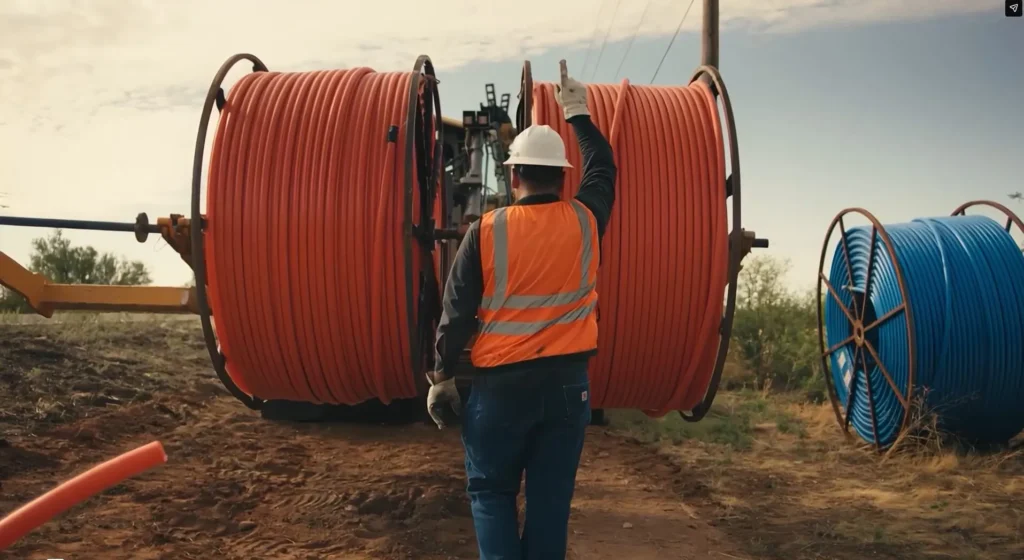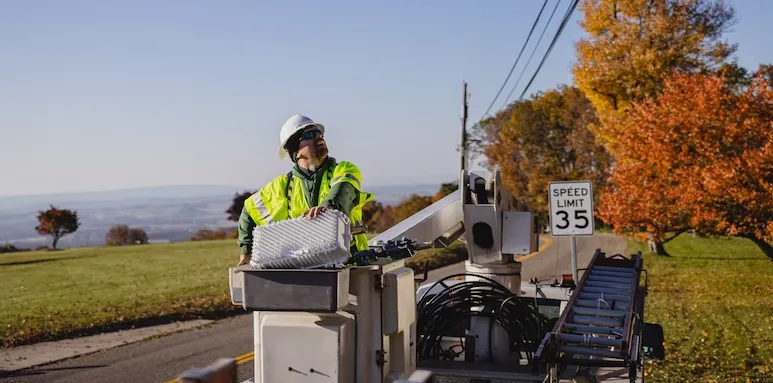Metrics Show Cable Internet Networks Continuing to Perform Well Despite Significant Increases in Peak Demand
By Michael Powell
President & CEO, NCTA
COVID-19 presents an unparalleled threat to Americans. To combat the danger, millions of Americans are practicing social distancing and relying on the internet to stay connected and productive like never before. Broadband networks are making distance learning possible, ensuring businesses can continue serving customers, connecting patients and doctors through telehealth applications, and much more as we all do our part to stop the spread of COVID-19.
How are the networks holding up?
With broadband providing so many vital connections, this is a question understandably on the minds of many. Today, we debut a tool that will allow the public and policymakers to track the growth in traffic during the pandemic and get a weekly snapshot of how cable broadband networks are performing during the pandemic. The COVID-19 Internet Dashboard is populated with aggregated data from cable internet service providers that deliver broadband to tens of millions of homes and businesses across the country and offers a dependable depiction of how cable broadband networks are faring. It will show growth and performance for both upstream and downstream traffic on a national as well as a state-by-state basis.
There are many ways to measure broadband performance, and we have elected to measure the growth of traffic at the peak period of usage from week to week. Typically, the peak period occurs in the evening when people are streaming entertainment; however, with so many now working and learning from home, some areas are seeing much more use earlier in the day. Regardless of how peak hours may shift, cable broadband networks continue to offer robust performance and cable ISPs are working hard to ensure that the network continues to perform well even with these changes in patterns and increases in usage.
It’s also important to remember that a number of non-network factors can also impact the consumer online experience. Even before COVID-19 caused demand to skyrocket, aging Wi-Fi routers and overcrowded Wi-Fi bands could bring broadband speeds to a halt. In addition, devices like security cameras may inefficiently hog capacity with constant HD uploads or non-time-sensitive software updates may default to download when networks are busiest. Everyone can and should be good stewards of how they are using broadband to help our country adapt during our nation’s pandemic response, and NCTA will continue to provide information on how consumers can help address these issues. For instance, the home network tips recently published by the FCC provide some helpful advice to optimize the in-home experience.
For years NCTA member companies have been building the infrastructure required to deliver fast and reliable internet service to millions of American families and businesses. These substantial investments in our networks have prepared us well to keep Americans connected during this public health crisis and there is no higher priority for our industry.
While no consumer is immune from issues arising from temporary congestion in the home or across the internet, cable ISPs will continue in their efforts to plan for future demand and move swiftly to address issues when they arise, even in the midst of this pandemic.








